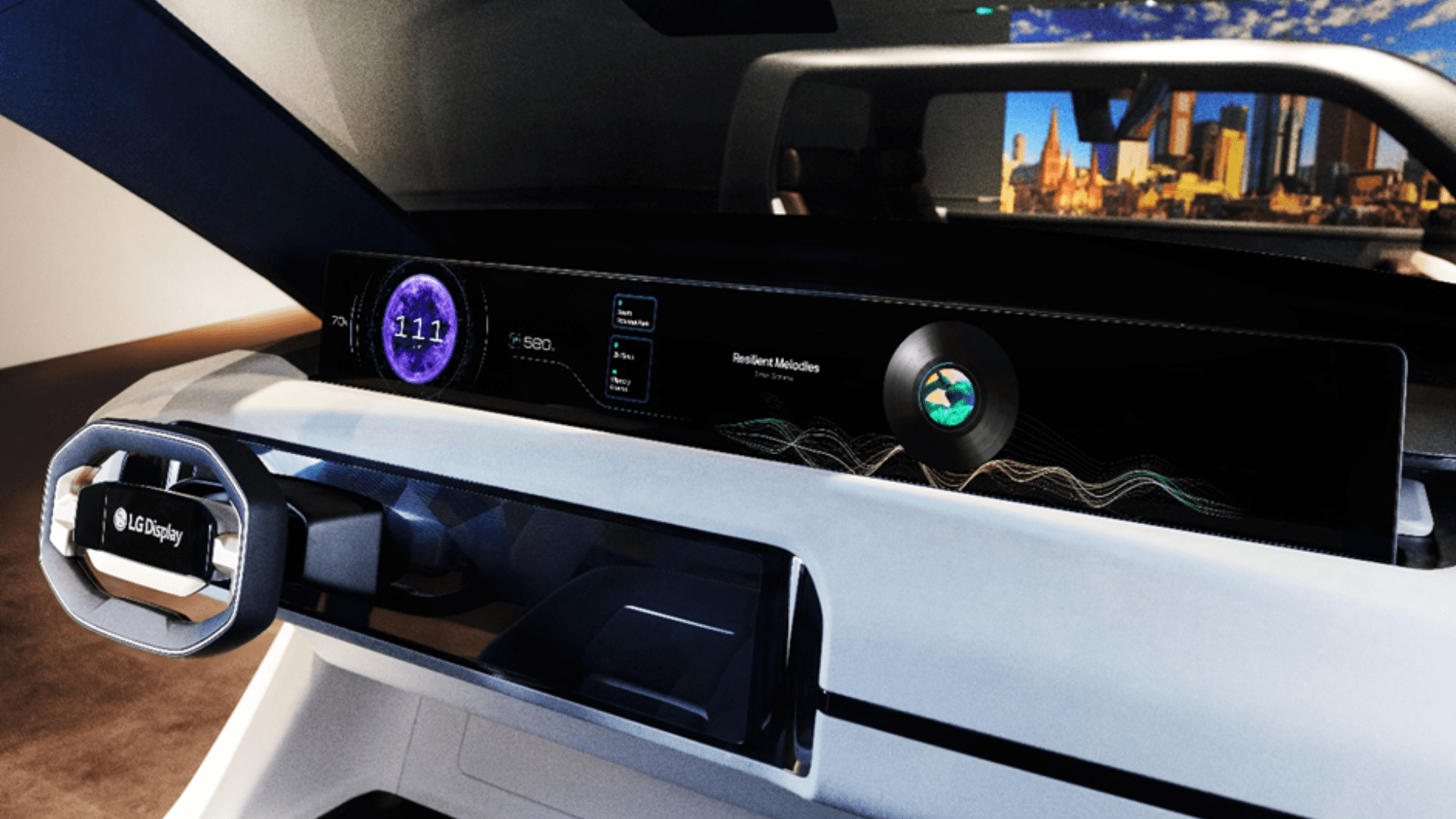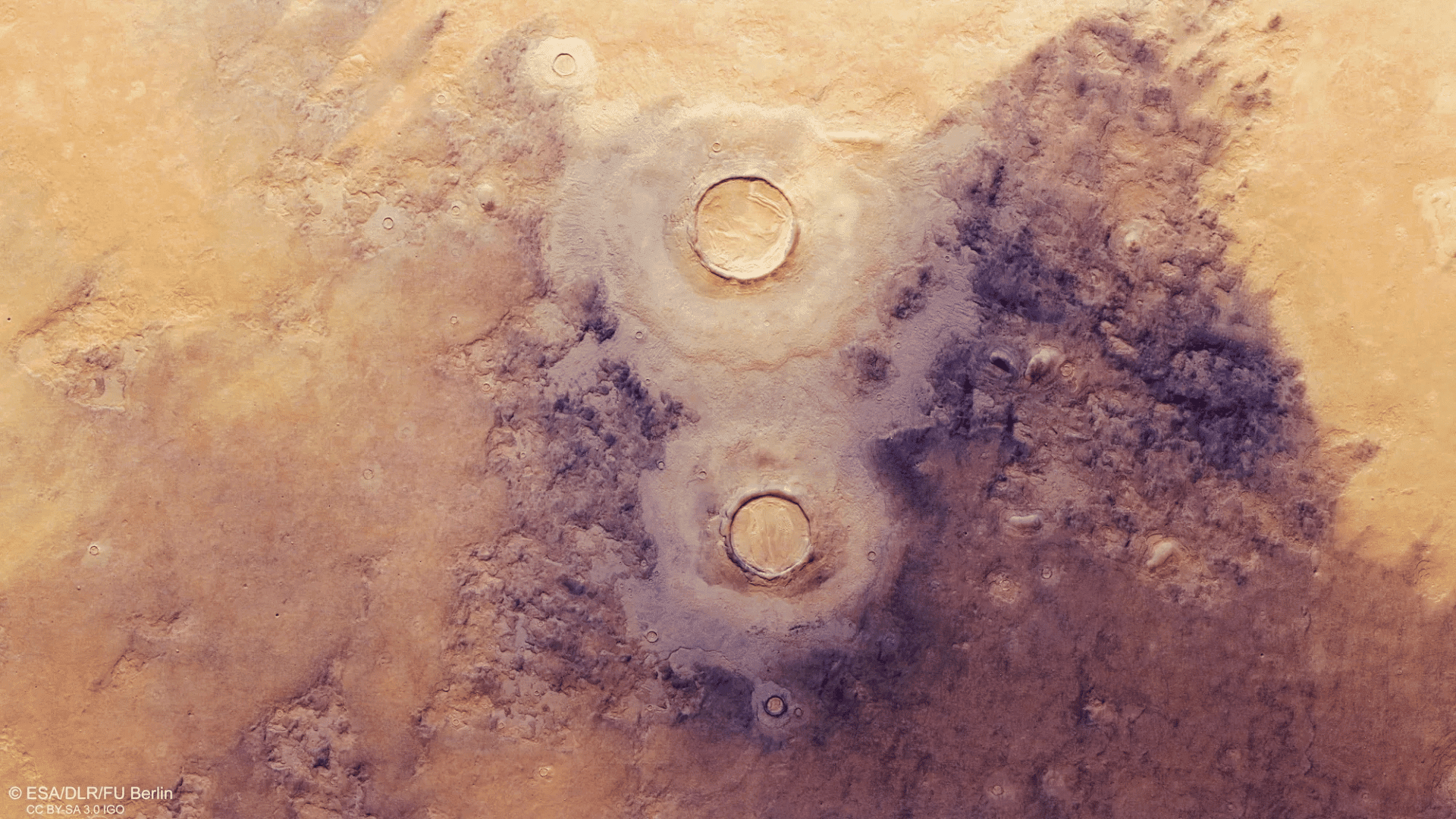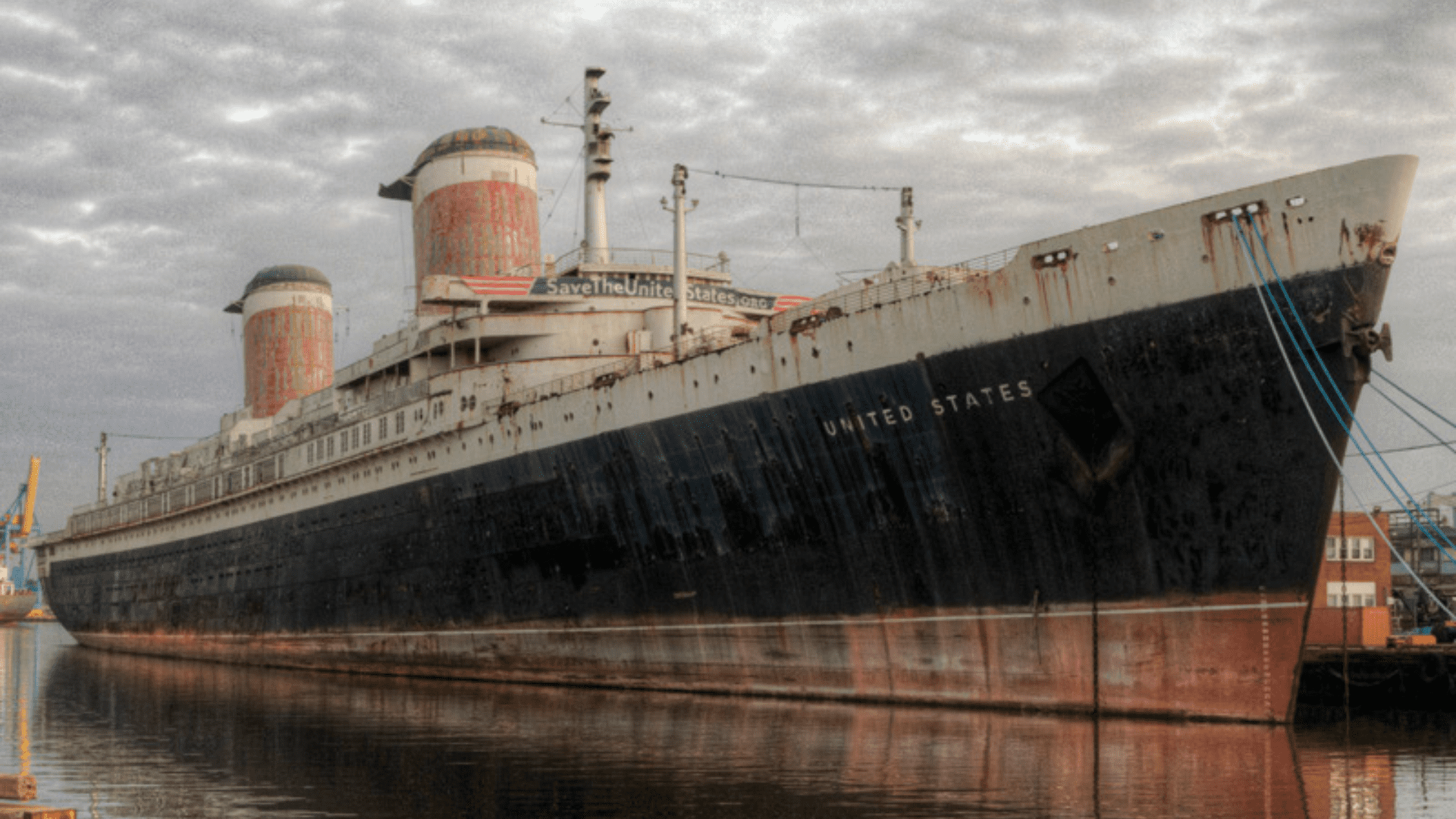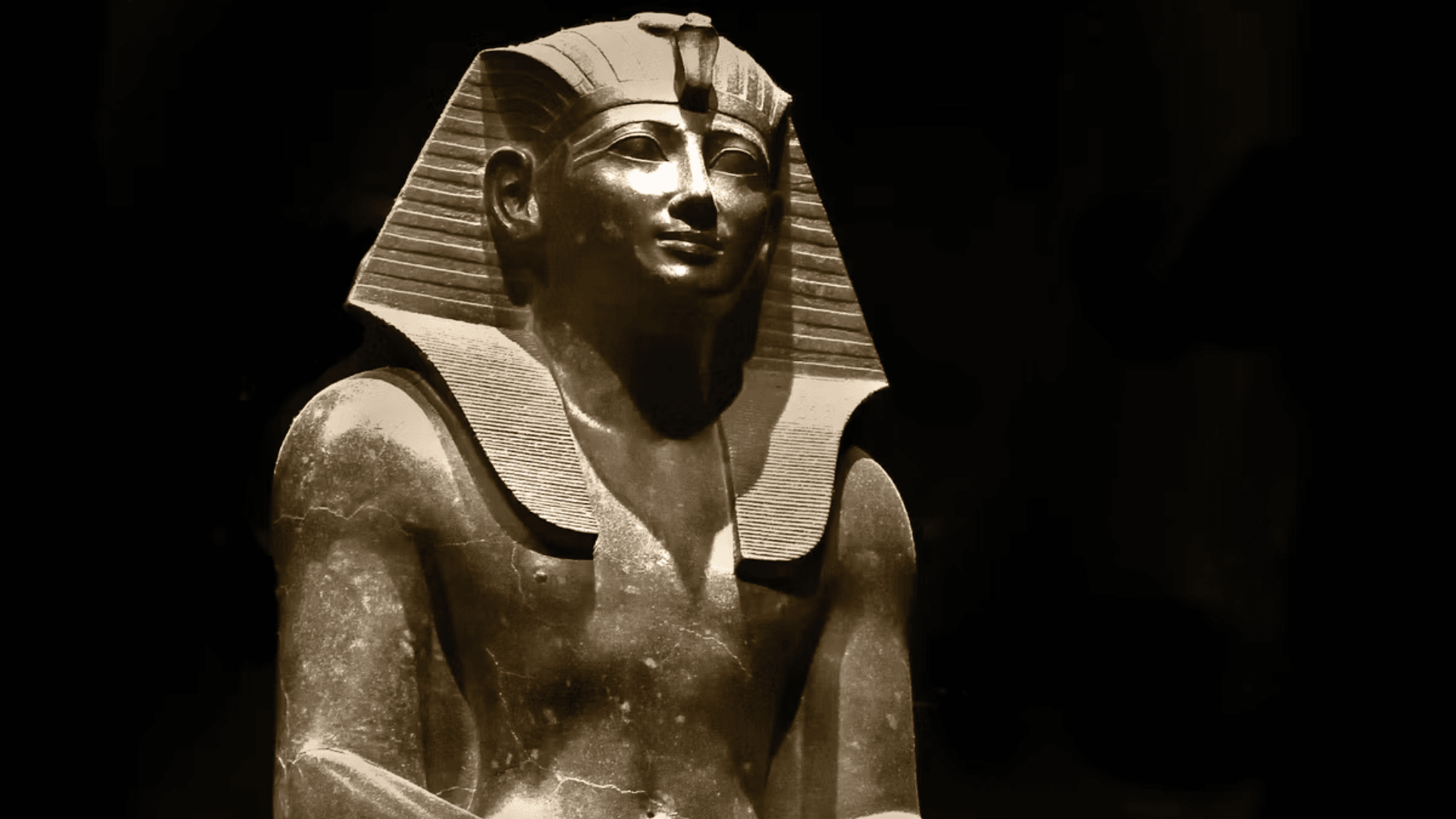The world’s first cryo-born coral babies are settling into their new natural home on the Great Barrier Reef. This marks potentially a groundbreaking era for science and the conservation and restoration of the reef in Australia.
Cryo Coral
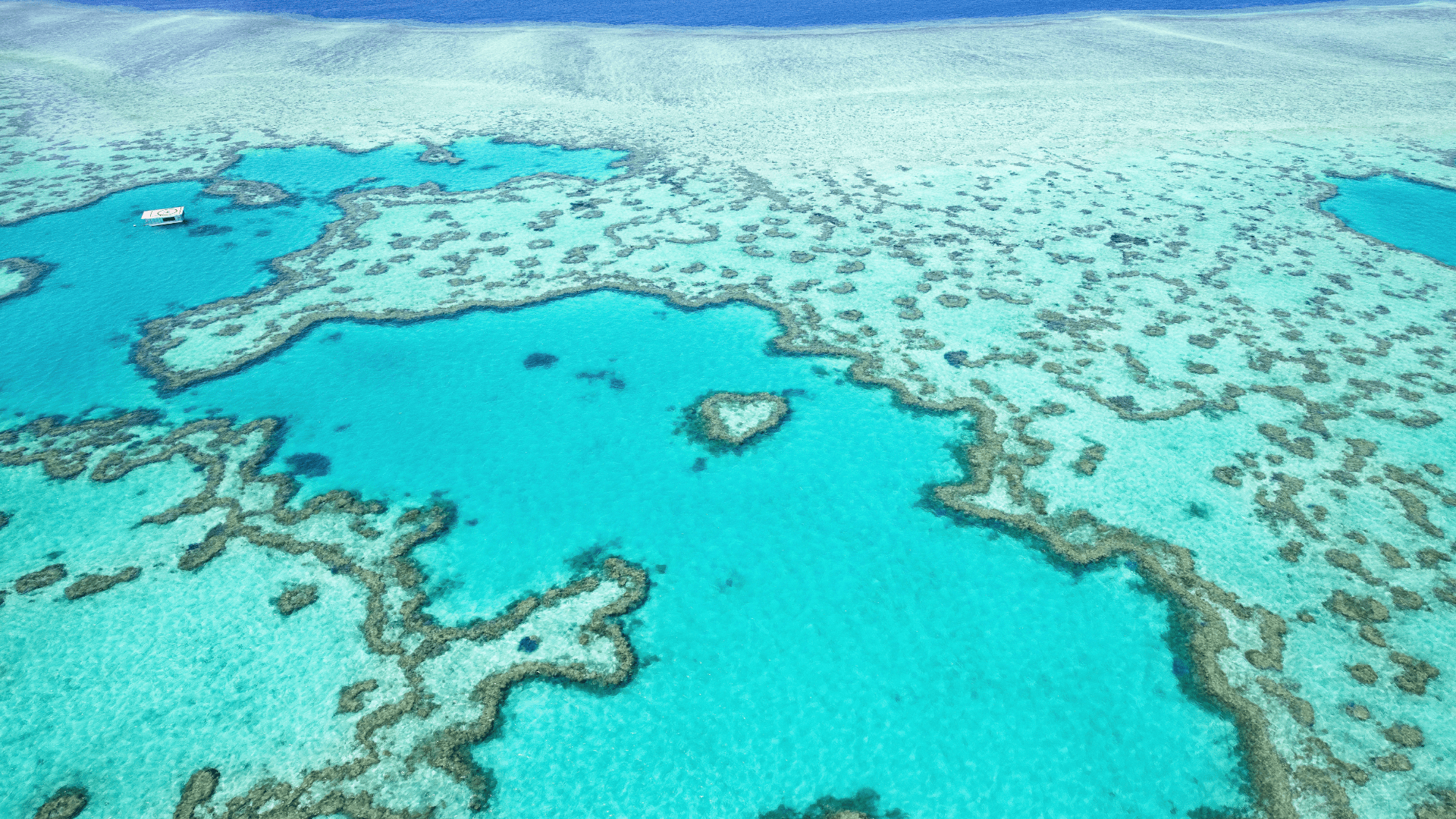
Taronga Conservation Society Australia scientists used cutting-edge cryopreservation techniques to successfully fertilize fresh coral eggs using cryopreserved coral sperm. They collected the eggs during a coral spawning event in October. This is an astonishing world’s first achieved in collaboration with specialists from the Australian Institute of Marine Science.
Researchers have successfully grown and transported the cryo-born coral babies into specially designed “coral cradles” on the Barrier Reef. Scientists from both organizations suggest that this innovation will “help pave the way to safeguard reefs” currently feeling the heat from climate change. They plan to deploy “millions of heat-tolerant corals onto the Reef every year.”
The Taronga CryDiversity Bank holds the world’s largest frozen bio-repository of living coral cells, with trillions of sperm across 32 coral species collected annually from the Great Barrier Reef since 2011, according to Oceanographic Magazine. The cells are intended for future reproduction efforts to aid restoration.
How Does Cryopreservation Work?
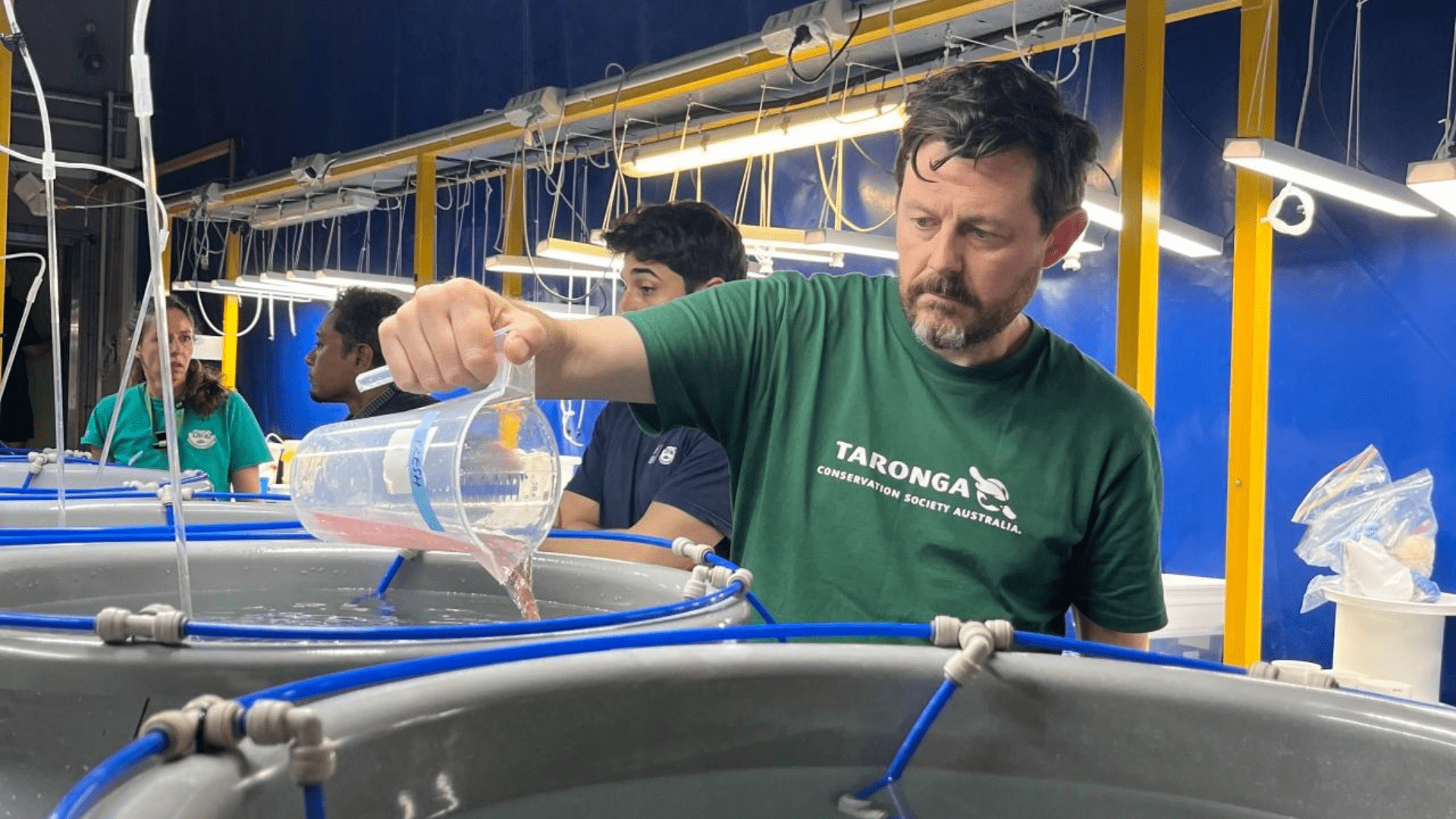
Coral cryopreservation is the process of preserving cells and tissues at very low temperatures. Coral cells and tissues contain a lot of water. When frozen, they can form ice crystals that can cause damage. Cryopreservation techniques aim to minimize ice crystal formations. They achieve this by adding cryoprotectants that remove water from frozen cells and support cell structures when thawed.
When corals spawn, they release bundles of sperm and eggs. Researchers collect those bundles, separate the sperm, and place them into liquid nitrogen at -320 degrees Fahrenheit (-196 degrees Celsius). This temperature stops the metabolic processes and freezes in such a state indefinitely, which eases logistics and transportation. The frozen cells are transported to Taronga Zoo Sydney or Taronga Western Plains Zoo in Dubbo. Here, they are cared for and secured in biosecure chambers of liquid nitrogen.
Different thawing methods are used to revive the cells when needed.
Scientists at the Great Barrier Reef Foundation say the breakthrough “opens the door to scaling up restoration efforts.” They believe there is potential to deliver millions of corals with increased tolerance to heat on the Great Barrier and “beyond.”
The Foundation said, “By combining science, technology, and collaboration, we’re taking a critical step toward building resilience of coral reefs around the world.”



